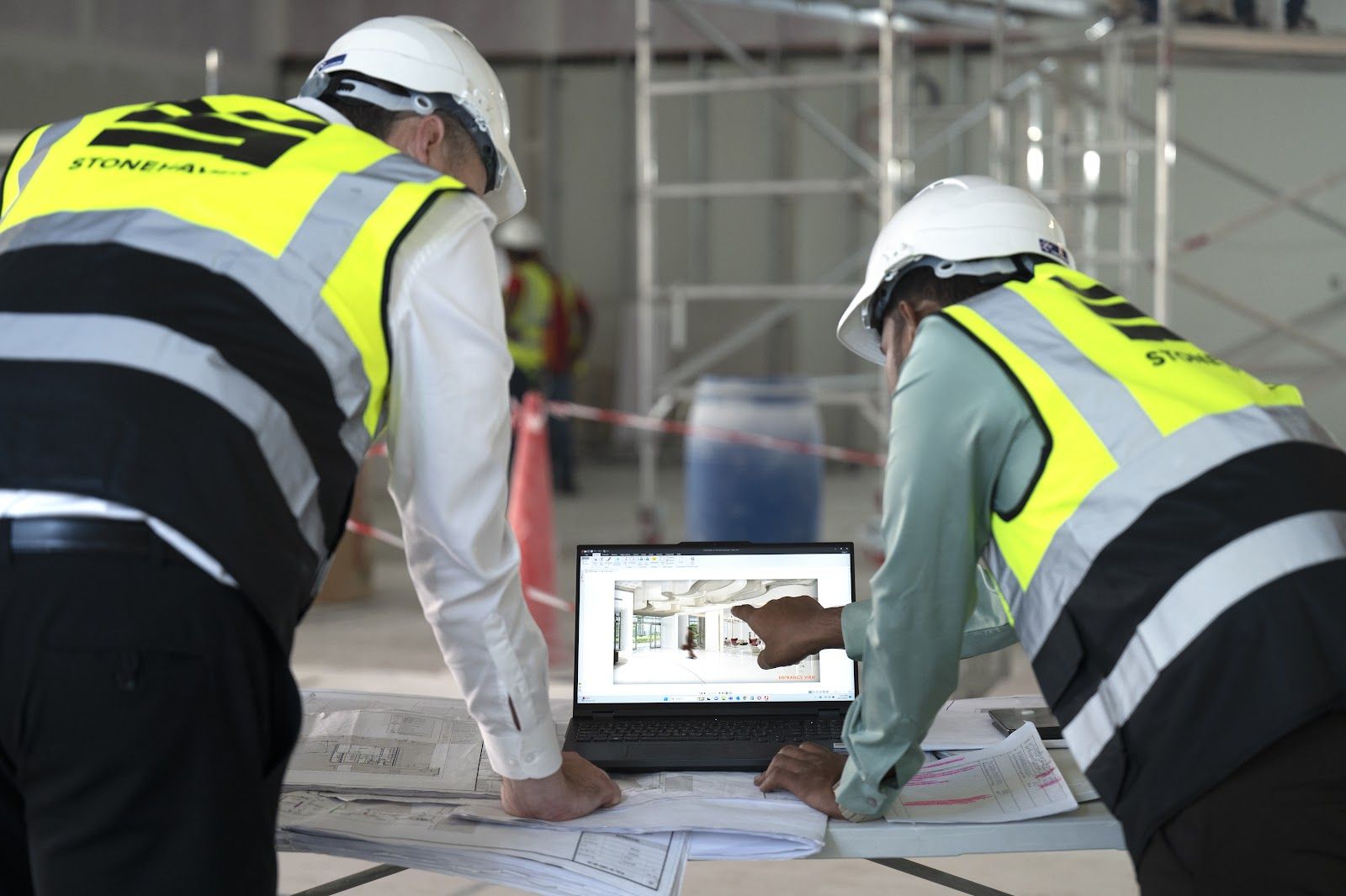In the dynamic world of construction and building engineering, the importance of effective site planning cannot be overstated. Whether it's laying the foundation for an infrastructure project or constructing high-rise buildings, a detailed construction site plan serves as the blueprint for success. It dictates how resources are allocated, ensures safety, minimises delays, and controls costs.
This guide explores how construction site planning transforms raw land into construction-ready spaces. We’ll define key terms, break down site design elements, explain the roles of civil engineers, and highlight the benefits of strategic planning. Additionally, we’ll look at the challenges faced during site planning and present practical solutions.
Incorporating expertise in site planning ensures efficiency, safety, and sustainability—hallmarks of any successful project. To make the most of your project, partnering with firms like Stonehaven, specialists in construction and engineering services, can help you streamline operations and achieve exceptional results. Let’s delve deeper into the critical role of site planning.
What is Construction Site Planning?
Construction site planning is the systematic process of organising and optimising physical spaces and resources to achieve project objectives. It ensures smooth workflows and minimises risks by aligning design, logistics, and operations. Without proper site planning, projects often face delays, cost overruns, and safety hazards.
The process begins with site analysis, which examines factors such as:
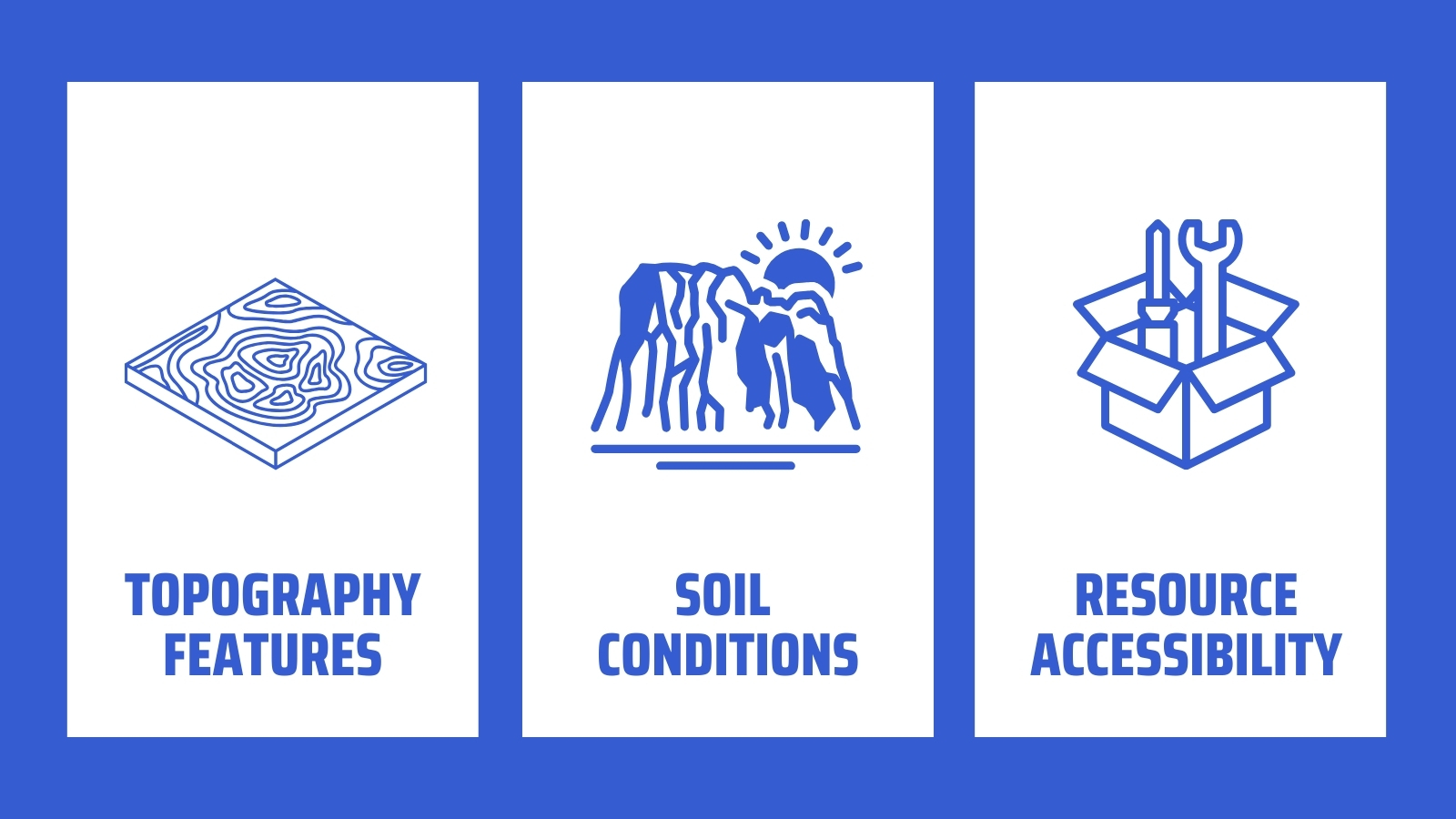
-
Topography Features: The land’s elevation and features.
-
Soil Conditions: Suitability for foundations and construction loads.
-
Resource Accessibility: Entry points for workers, equipment, and materials.
For engineers, it’s a balancing act of integrating technical precision with practical needs. The success of any construction project often relies on the strength of its site planning efforts.
What Does the Site Design Process Look Like in Civil Engineering?
A site design in civil engineering is a comprehensive plan that outlines the optimal use of land for construction activities. This includes arranging structures, utilities, drainage systems, and transportation routes to ensure efficiency, safety, and compliance with regulations.
The site design process begins with:
-
Topographical Analysis: Understanding the natural slope, elevation, and features of the land.
-
Soil and Geological Testing: Determining the load-bearing capacity of soil and its suitability for foundations.
-
Environmental Impact Assessments: Ensuring the project does not harm ecosystems or violate environmental laws.
The next stage involves layout design, which includes:
-
Drainage Systems: Planning to handle stormwater runoff and prevent flooding.
-
Utility Networks: Mapping out connections for power, water, telecommunications, and gas.
-
Access Routes: Designing roads and pathways for smooth transportation of materials and equipment.
-
Landscaping: Incorporating green spaces for aesthetic and environmental purposes.
Civil engineers collaborate with architects, environmental consultants, and urban planners to create layouts that balance functionality with sustainability. Regulatory compliance is also a priority, as site designs must adhere to local zoning laws and building codes.
A well-thought-out site design prevents construction delays, reduces operational costs, and ensures worker safety. It’s a critical component of construction engineering services, directly influencing the project’s success.
What Are the Duties of Civil Engineers to Support a Construction Site Plan?
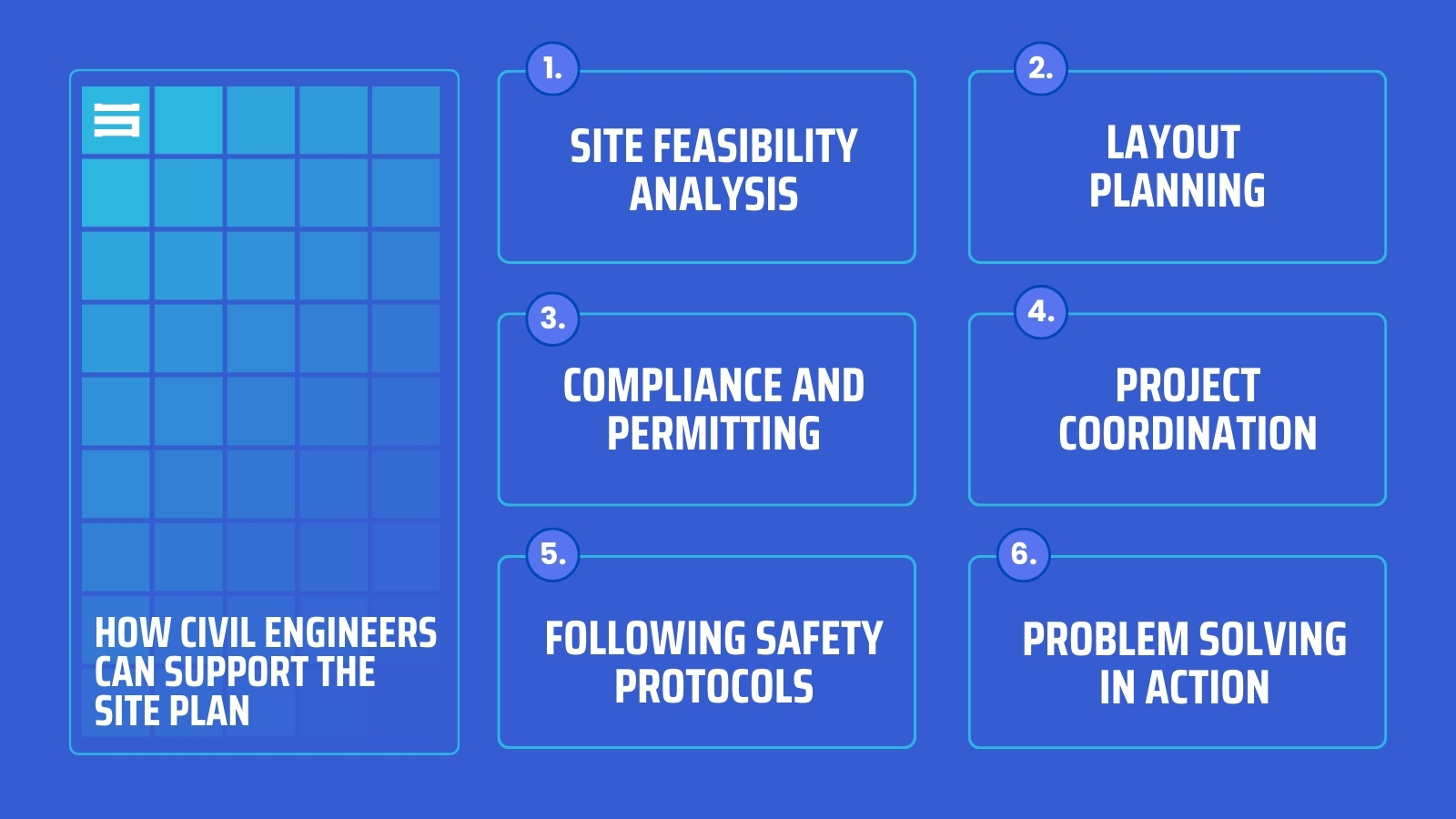
Civil engineers serve as the backbone of construction projects, combining technical expertise with strategic oversight to ensure a project’s success from concept to completion. Their responsibilities encompass planning, design, execution, and maintenance, creating a crucial link between vision and practicality. Their influence on construction site plans is both fundamental and wide-ranging, impacting every stage of the project lifecycle.
1. Site Feasibility Analysis
Before construction begins, civil engineers assess the viability of the proposed site. They evaluate soil composition, topography, drainage, and environmental factors to determine if the site can support the planned structures. Through detailed investigations, they identify potential challenges—such as unstable ground or flood risks—and propose solutions to mitigate these issues. This critical phase ensures the project is grounded in a solid, informed foundation.
2. Layout Planning
Civil engineers transform blueprints into workable layouts, optimising space utilisation while ensuring structural integrity. They carefully position buildings, roads, and utility systems to balance functionality with aesthetics. This stage harmonises the creative vision of architects with the technical demands of engineering, ensuring every element of the plan fits together seamlessly.
3. Compliance and Permitting
Regulatory compliance is a key responsibility for civil engineers. They navigate complex planning permissions, environmental regulations, and safety codes to secure the necessary approvals. Acting as intermediaries between the construction team and regulatory authorities, they ensure the project adheres to legal and environmental standards. This role prevents costly delays and ensures the build remains on track.
4. Project Coordination
Civil engineers act as the hub of the construction team, facilitating collaboration between architects, contractors, and project managers. They translate technical plans into actionable steps, align construction schedules with design goals, and ensure deadlines are met. They also address discrepancies between stakeholders and adapt to unforeseen challenges, such as supply chain disruptions or adverse weather conditions.
5. Following Safety Protocols
Safety is a paramount concern, and civil engineers take a proactive role in mitigating risks on-site. They design safety protocols, conduct regular inspections, and ensure compliance with occupational health and safety regulations. Their diligence minimises the likelihood of accidents, fostering a secure working environment for everyone involved.
6. Problem Solving in Action
Beyond defined responsibilities, civil engineers excel as adaptive problem solvers. Construction rarely goes exactly as planned, and unexpected issues—such as discovering hidden utility lines or accommodating unseasonable weather—require quick thinking and innovative solutions. Their ability to pivot without compromising quality or safety is vital to maintaining project momentum.
What are the Challenges in Site Planning Faced by Civil Engineers?
Site planning in civil engineering is a critical process, but it is not without its challenges. From unpredictable conditions to regulatory complexities, engineers often face obstacles that require adaptive thinking and robust solutions. Below, we explore common challenges and propose approaches based on different scenarios to ensure effective site planning.
1. Unpredictable Site Conditions
-
Challenge: Unexpected factors such as unstable soil, hidden utilities, or sudden weather changes can disrupt workflows and cause delays.
-
Solution: Conduct comprehensive geotechnical and environmental surveys before construction begins. Advanced soil testing methods and drone-assisted topographical mapping can provide accurate site assessments. To mitigate risks, engineers should create contingency plans with predefined responses for potential disruptions, such as sourcing alternative materials or adjusting schedules during extreme weather events.
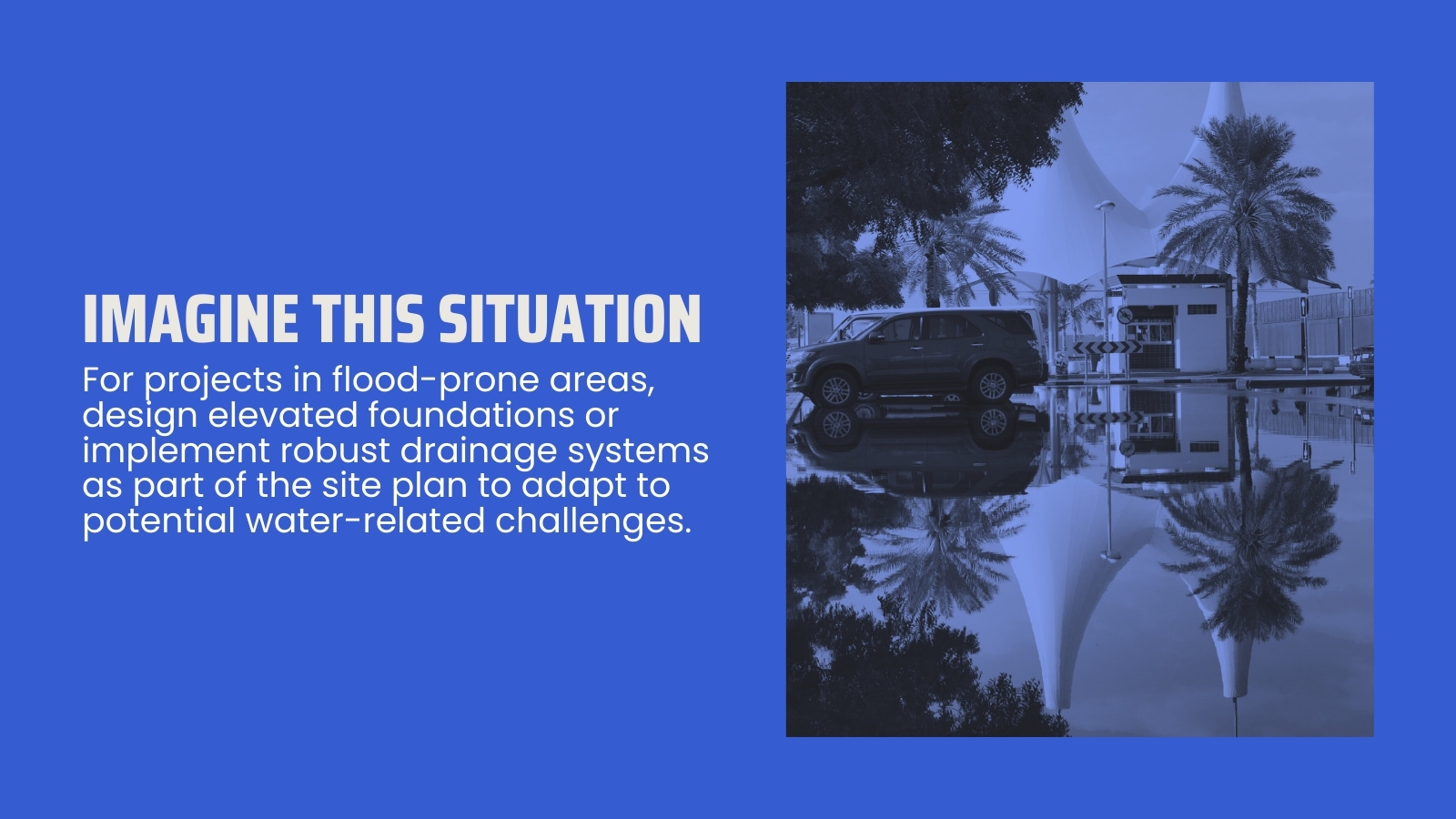
2. Regulatory Compliance
-
Challenge: Navigating zoning laws, building codes, and obtaining permits can be time-consuming and, if mismanaged, lead to delays or penalties.
-
Solution: Engage experienced engineering consultants or legal experts early in the planning process. They can streamline the compliance journey by identifying potential bottlenecks and ensuring all documentation is in order. Additionally, leveraging regulatory software to track evolving standards can help avoid non-compliance.
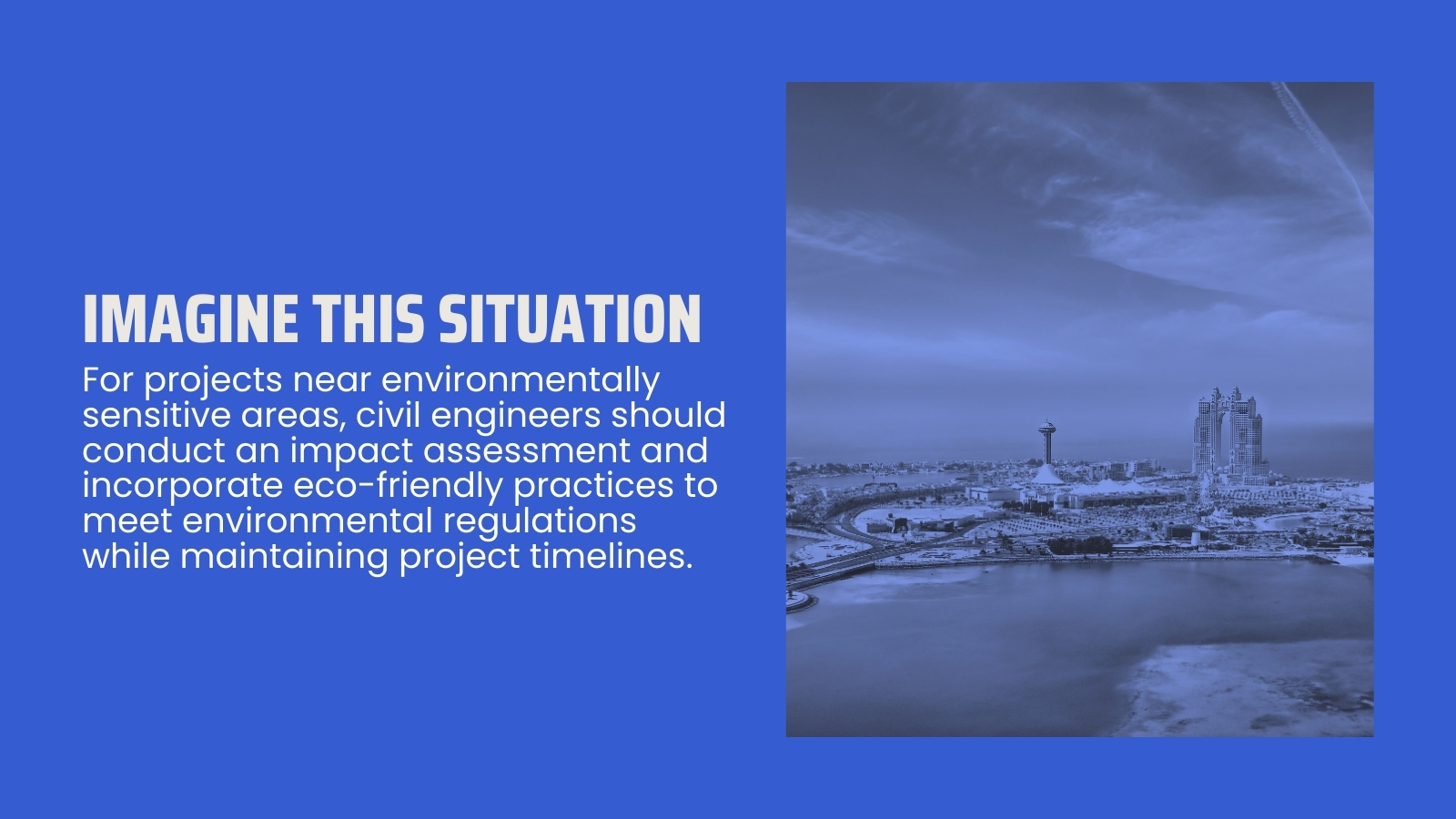
3. Management of Resources
-
Challenge: Poor allocation of labour, materials, and equipment leads to inefficiencies and cost overruns.
-
Solution: Use advanced project management tools such as BIM (Building Information Modelling) and real-time resource tracking software to monitor progress and optimise resource use. Detailed site plans that prioritise task sequencing and storage logistics reduce the risk of mismanagement.
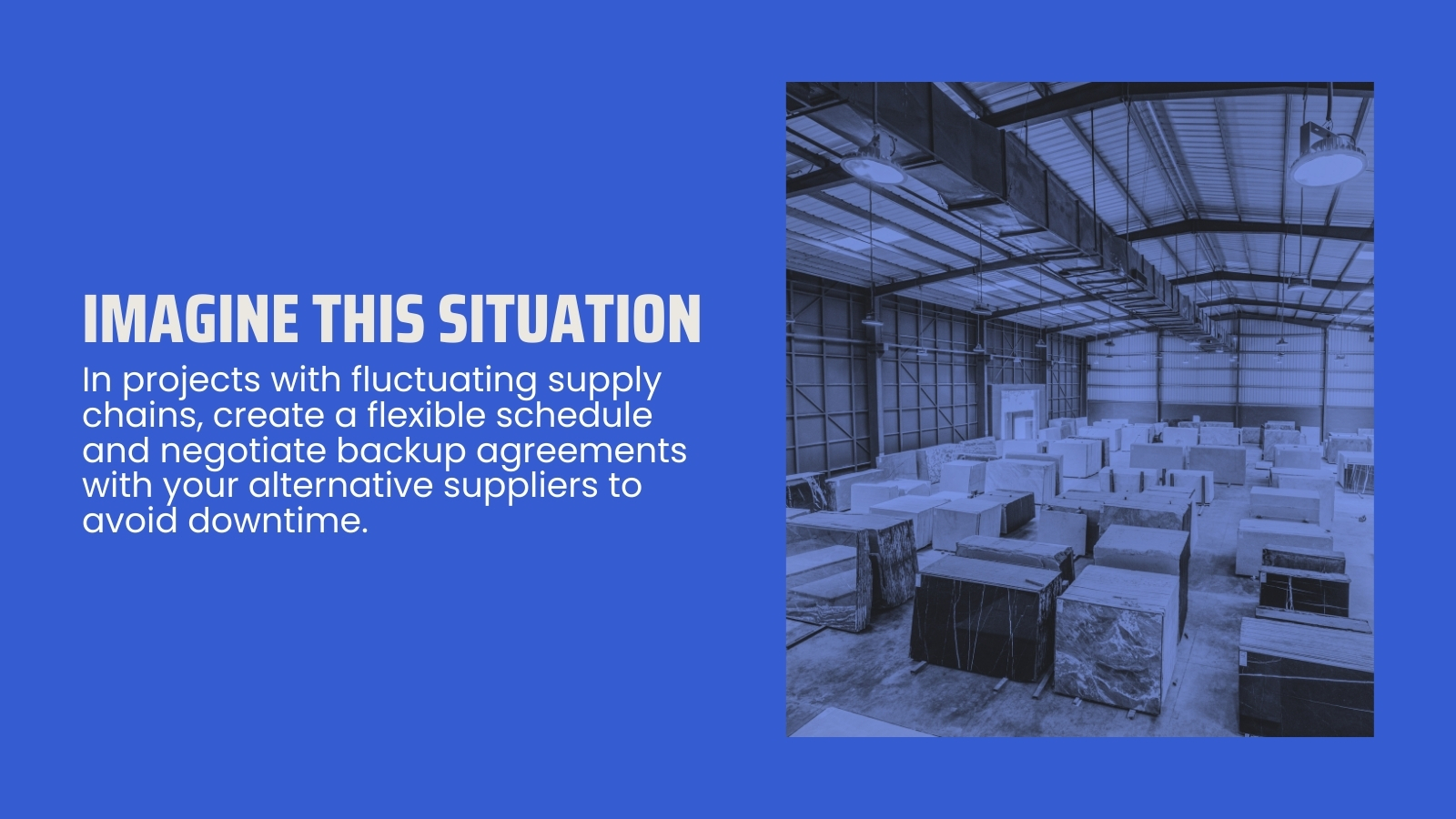
What Are the Elements of a Site Structure To Consider?
A site structure encompasses all physical and organisational components of a construction site. These elements are carefully planned to ensure smooth workflows and operational efficiency. Key elements include:
1. Site Access and Transportation
-
Entry Points: Gates and pathways designed for the safe movement of vehicles, materials, and workers.
-
Internal Roads: Temporary or permanent pathways for smooth transport within the site.
2. Construction Material Storage Areas
-
Proximity to the work area reduces transportation times and increases productivity.
-
Weatherproof and secure zones prevent material wastage and theft.
3. Utility Networks
-
Water Supply: Essential for construction, cooling machinery, and sanitation.
-
Electricity: Power for tools, machinery, and lighting systems.
-
Drainage Systems: Preventing water stagnation and protecting site foundations.
4. Worker Facilities
-
Sanitation blocks, rest areas, and offices are critical for health and productivity.
-
Temporary housing may be provided for remote projects.
5. Safety Features
-
Emergency exits, first-aid stations, and fire extinguishers should be accessible.
-
Hazard zones should be clearly marked and fenced.
6. Security Systems
-
Fencing, lighting, and CCTV prevent unauthorised access and theft.
Each element contributes to the overall safety, efficiency, and sustainability of the project. By strategically organising these components, civil engineers create a site environment that supports seamless construction operations.
What are the Benefits of an Effective Construction Site Plan for Civil Engineers?
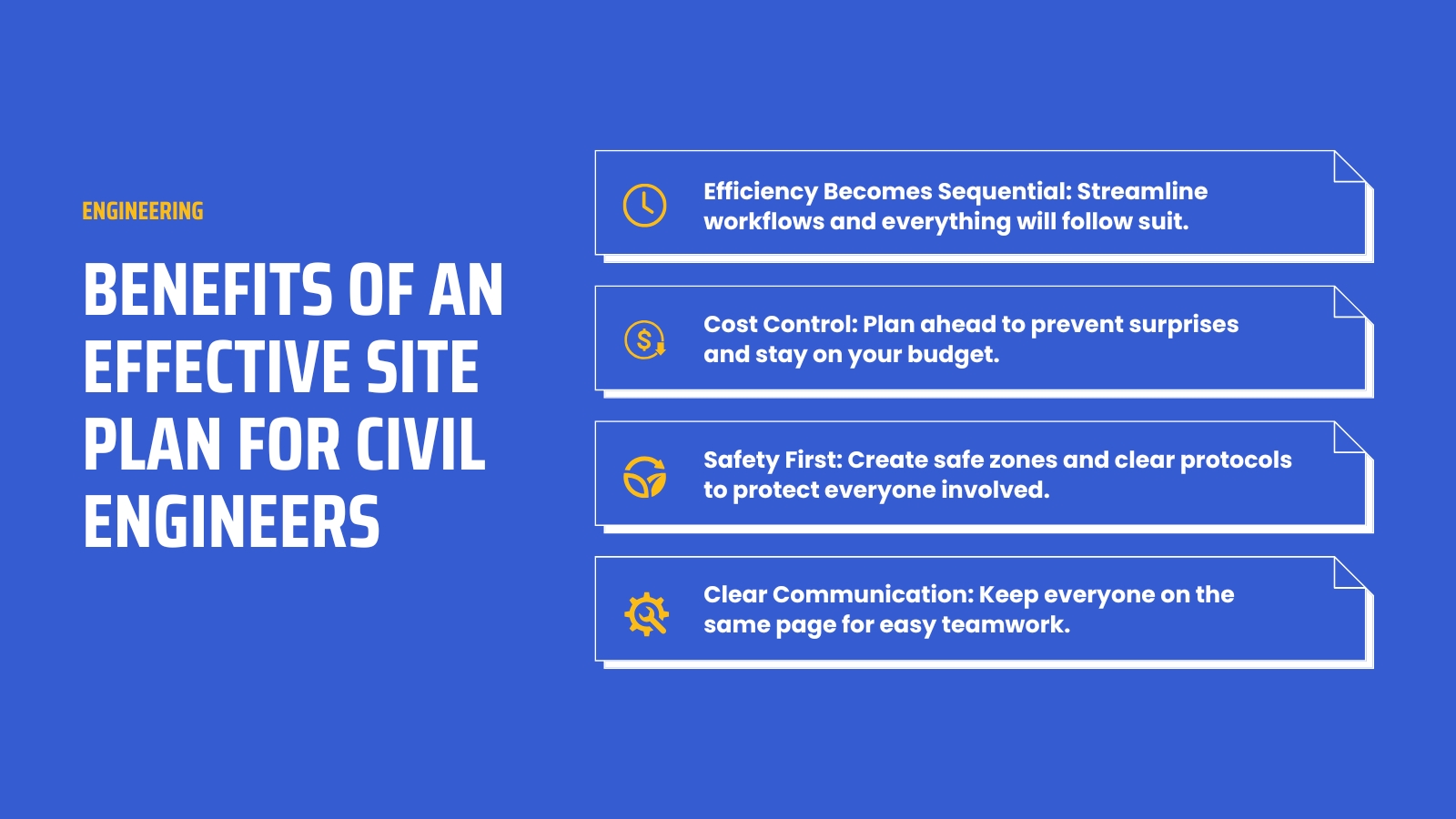
An effective construction site plan is a civil engineer’s most valuable tool, shaping the blueprint of a project into a tangible reality. It provides a structured approach that not only simplifies complex workflows but also ensures that every resource—whether human, material, or financial—is used optimally. In the face of increasing demands for efficiency, safety, and accountability, a robust site plan is indispensable.
1. Efficiency Becomes Sequential
Efficiency is the backbone of successful construction. A well-crafted site plan ensures that every component of the project operates cohesively, minimising delays and redundancy. By organising layouts that optimise the movement of materials and personnel, civil engineers create a workflow that reduces waste and downtime. Tasks are sequenced to prevent overlap and conflicts, fostering a site environment where progress is steady and predictable.
2. Cost Control Through Strategic Planning
Cost overruns are among the most significant challenges in construction, and an effective site plan is key to mitigating them. By anticipating potential pitfalls—such as material shortages, labour mismanagement, or weather-related delays—civil engineers can prepare contingency measures and maintain control over the budget. This proactive approach ensures resources are allocated wisely, delivering the project within financial constraints without compromising quality.
3. Safety is Embedded in the Framework
Safety isn’t an afterthought; it’s an integral part of the site plan. Civil engineers use detailed planning to create designated zones for high-risk activities, clear routes for equipment movement, and protocols that ensure compliance with safety standards. A well-planned site reduces accidents, signals accountability, and demonstrates a commitment to the well-being of everyone involved in the project.
4. Proactive Communication
Construction is a collective effort, and clarity in communication is crucial. A comprehensive site plan acts as a central reference point for all stakeholders, aligning their understanding of objectives, timelines, and responsibilities. With everyone—from contractors to architects—working from the same playbook, collaboration becomes seamless, and challenges can be addressed collectively and efficiently.
5. Resilience and Maintaining Order
An effective construction site plan isn’t just about maintaining order; it’s about creating a framework for resilience. Civil engineers rely on these plans to navigate the unpredictability of construction projects, from unforeseen design adjustments to supply chain disruptions. By providing a clear vision and practical steps, site plans allow engineers to adapt without losing sight of the project’s overarching goals.
Conclusion
Construction site planning is the backbone of successful engineering projects. It integrates design, logistics, and execution, ensuring projects are delivered on time, within budget, and with high-quality results. From site analysis to layout design and risk management, every step of site planning contributes to the project’s efficiency, safety, and sustainability.
Civil engineers play a pivotal role in this process, applying their expertise to create practical, functional, and compliant site layouts. By addressing challenges head-on and leveraging innovative solutions, engineers can transform even the most complex projects into success stories.
To maximise the benefits of construction site planning, partnering with experts like Stonehaven can be helpful. Their comprehensive construction engineering solutions provide innovative support tailored to your project needs.
About us
At Stonehaven, we pride ourselves on delivering exceptional construction and engineering services that empower clients to achieve their project goals. With years of experience in construction engineering and a proven track record of excellence, we specialise in providing comprehensive solutions tailored to your needs.
Whether you’re planning a small-scale development or a large infrastructure project, we have the expertise to deliver exceptional results for you.









